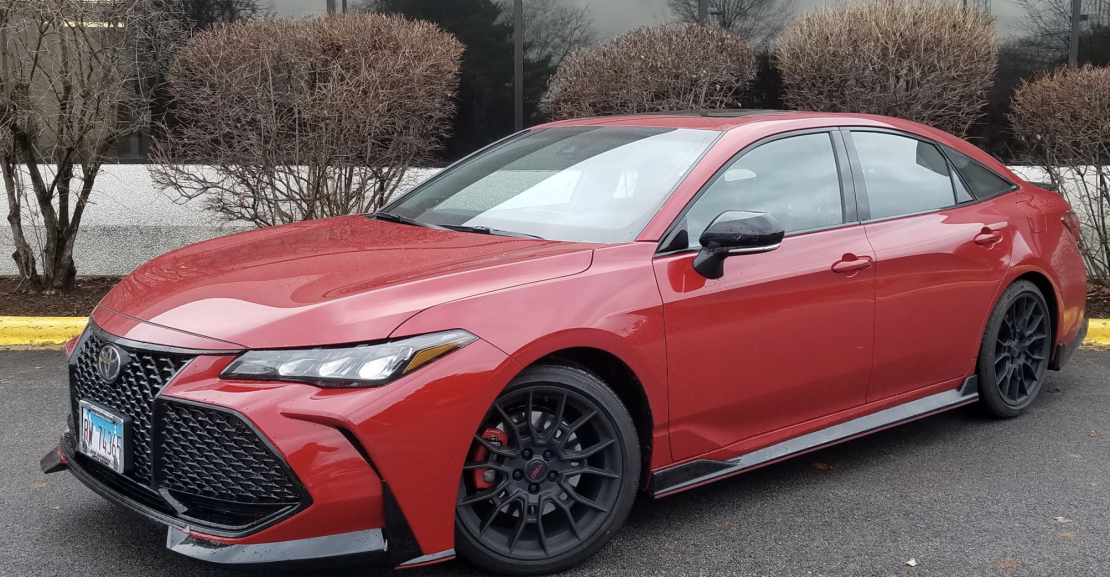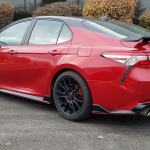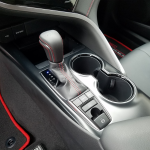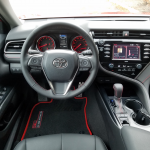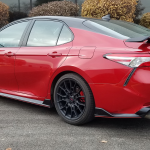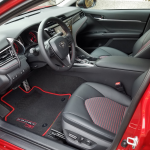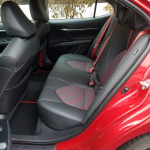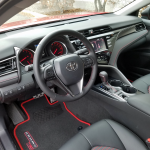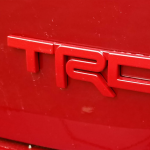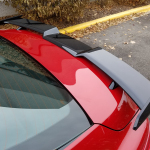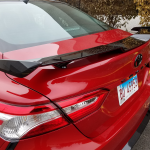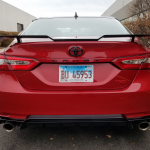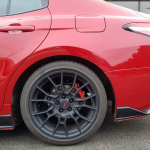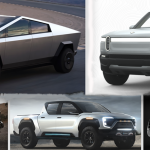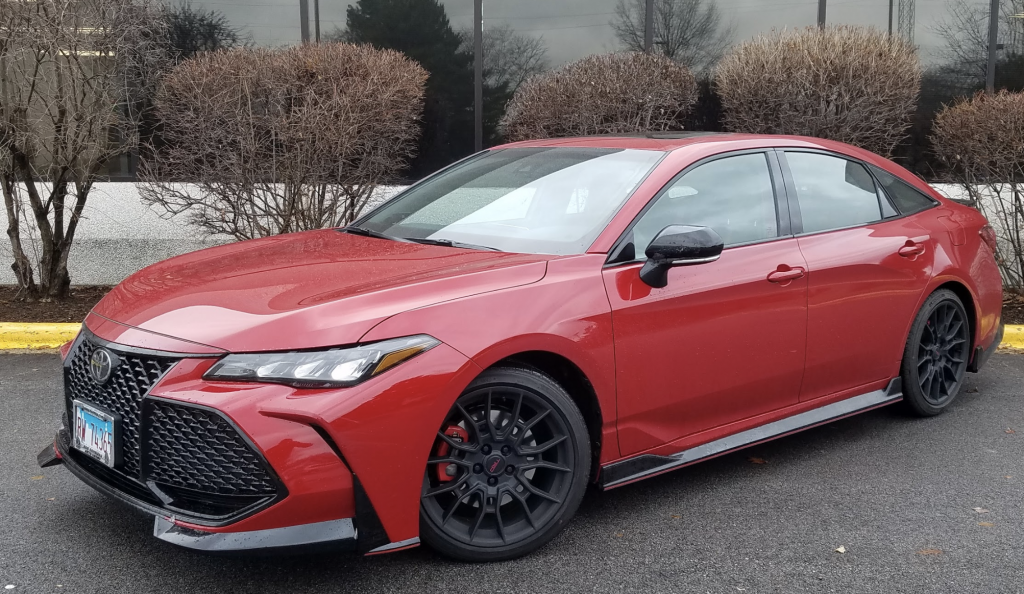
 2020 Toyota Avalon TRD
2020 Toyota Avalon TRD
Class: Large Car
Miles driven: 451
Fuel used: 20.4 gallons
| CG Report Card | |
|---|---|
| Room and Comfort | A |
| Power and Performance | B+ |
| Fit and Finish | A |
| Fuel Economy | C+ |
| Value | B |
| Report-card grades are derived from a consensus of test-driver evaluations. All grades are versus other vehicles in the same class. Value grade is for specific trim level evaluated, and may not reflect Consumer Guide's impressions of the entire model lineup. | |
| Big & Tall Comfort | |
| Big Guy | A |
| Tall Guy | B |
| Big & Tall comfort ratings are for front seats only. "Big" rating based on male tester weighing approximately 350 pounds, "Tall" rating based on 6'6"-tall male tester. | |
| Drivetrain | |
| Engine Specs | 301-hp 3.5-liter |
| Engine Type | V6 |
| Transmission | 8-speed automatic |
| Drive Wheels | front |
Real-world fuel economy: 22.1
Driving mix: 55% city, 45% highway
EPA-estimated fuel economy: 22/31/25 (city, highway, combined)
Fuel type: Regular gas
Base price: $42,300 (not including $955 destination charge)
Options on test vehicle: Premium JBL audio system with navigation ($1760), illuminated door sills ($379)
Price as tested: $45,394
Quick Hits
The great: Ample passenger space, luxuriously trimmed interior; satisfying power; excellent handling for a large sedan
The good: Control layout, impressive list of safety features, general refinement
The not so good: Fuel economy, only so-so headroom for a big car
More Avalon price and availability information
Rick Cotta
The late George Carlin perhaps said it best: “There are some words that just don’t seem to go together.” In the automotive world, “Avalon” and “TRD” are certainly among them.
OK, “TRD” is technically an acronym (for Toyota Racing Development), but it still doesn’t logically mate with “Avalon.”
Seems someone forgot to tell Toyota.
Because showing up in our lot one day was an Avalon with monochrome paint, black wheels and trim, red-stitched interior … and distinct TRD badging.
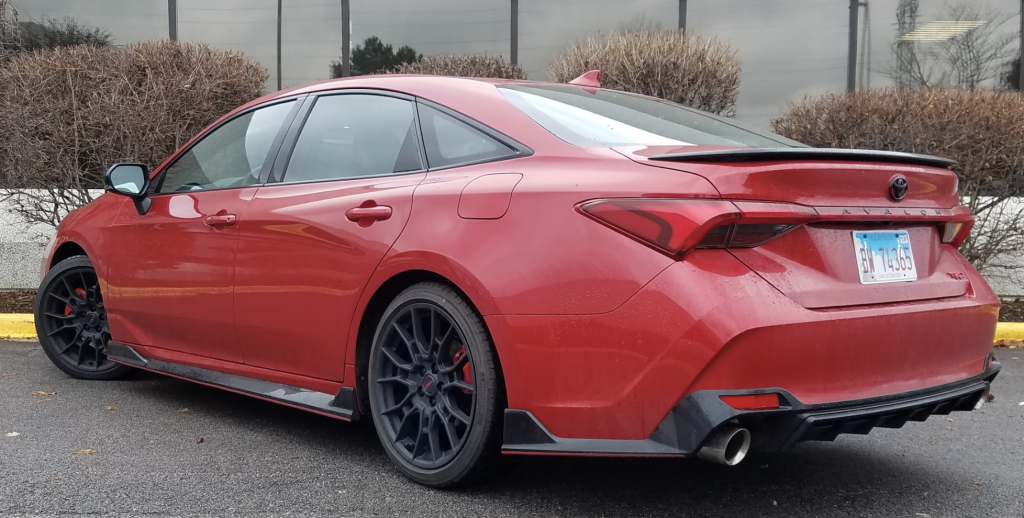
Of course, TRD badges are nothing new. They’ve been used for years on Toyota’s most off-road-oriented models, including the 4Runner SUV and Tacoma and Tundra pickups. But on a sedan … and a full-size one at that?
Yep. And it’s not the only TRD sedan; there’s also a similarly treated Camry.
Test Drive: 2020 Toyota Avalon Limited
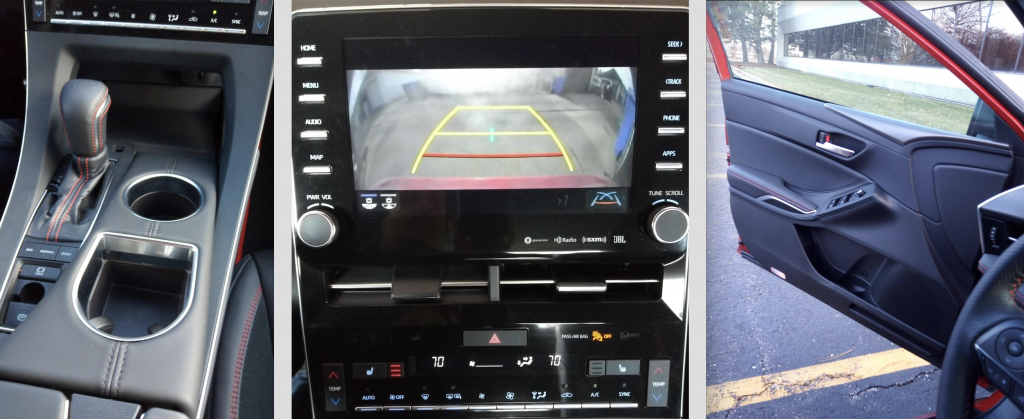
What sets the Avalon TRD apart from its tamer brothers is mostly what’s mentioned up top. Toyota says the TRD is “for the driver who wants even more aggressive road grip,” and it includes “track-tuned coil springs” and larger-diameter front brakes.
That does not come without cost.
On our pockmarked Chicagoland streets, the TRD rides kind of stiffly and hops over lateral freeway joints. It wears the same size wheels and tires as its XSE and Touring brothers, so we’re guessing it’s the track-tuned coil springs at work here. Indeed, steering feels a bit sharper and there’s less body lean in turns, both of which will do the Avalon TRD proud in coastal California. Here, however, it takes it a step away from the luxury car the Avalon started out to be — and in most versions, still is.
Test Drive: 2020 Nissan Altima SL AWD
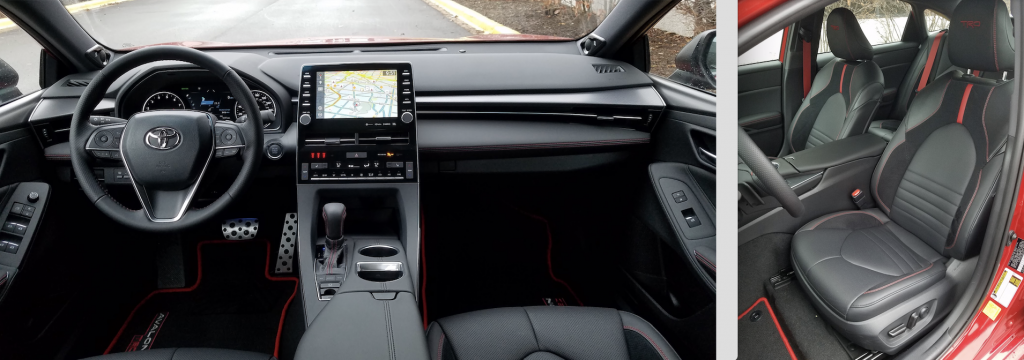
In the Avalon lineup, the TRD sits just below the top-line Touring model. In most ways, it mirrors the equipment level of the two-step-down XSE, but adds front spoiler, side aero skirts, rear spoiler and diffuser, black wheels, TRD cat-back dual exhaust with stainless-steel tips (louder than stock), aluminum pedals, and distinct red-stitched seats/floor mats/steering wheel. Which brings up the other “cost”: While the XSE starts at about $39,255 including the $955 destination, the TRD starts at $43,255 — or $4000 more. Added to our tester were a $1760 premium JBL audio system with navigation and $379 illuminated door sills.
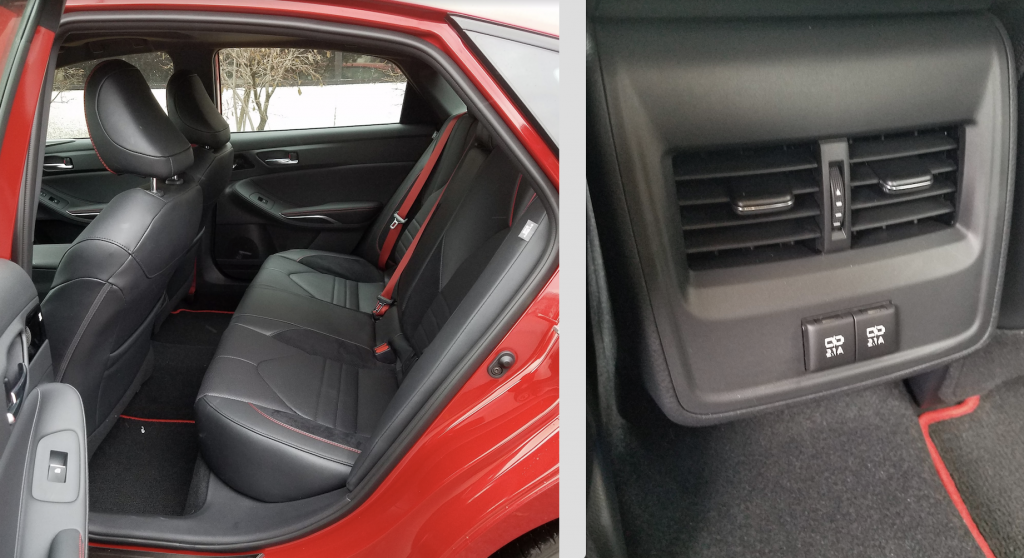
Aside from the expected comfort and convenience items, the TRD also comes with Qi wireless charging and an extensive list of safety features: Toyota’s Safety Sense-P brings forward collision warning with automatic emergency braking and pedestrian detection, lane-departure warning and mitigation, blind-spot and rear cross traffic alert, automatic high beams, and full-speed adaptive cruise control.
Besides the aforementioned ride/handling change, the TRD’s exhaust is more prominent than in other Avalons, something I found to my liking — though it may get tiring on long trips. Something else I found to my liking were the seats, which were nicely cosseting.
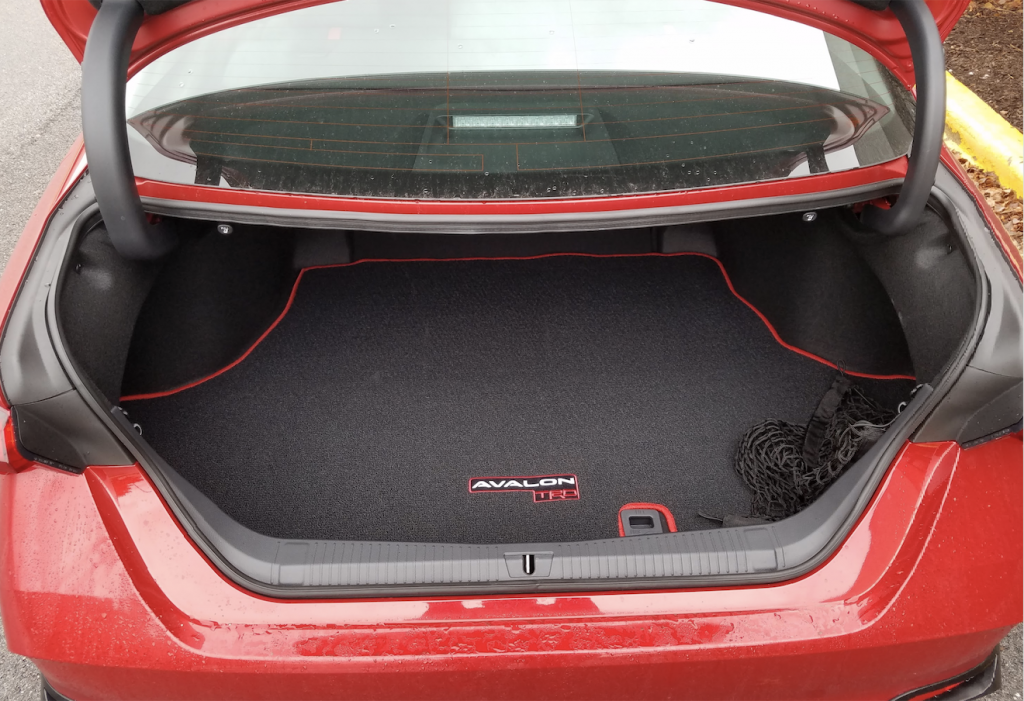
In most other ways, the TRD mimics the goodness of the Touring model we drove earlier this year, so we invite you to read that report for more details. But in short, the Avalon offers strong V6 performance, fine passenger room with limo-like rear legroom (Toyota says it’s 2.3 inches greater than the midsize Camry’s), and very good visibility joined by a wide-angle 180-degree rearview camera. It also offers easy-to-use infotainment controls (though the tuning knob is a stretch) with replay (allows you to “rewind” to something you want to hear again — love this) and the ability to mix bands in favorites. There’s also a good-size trunk, though sickle-shaped hinges dip into the load area, there’s little underfloor space, and folded rear seat backs that rest six inches above the level of the cargo floor, making it tough to slide long items forward.
With this latest generation of Avalon introduced last year, Toyota went with a much more aggressive look — primarily in its huge, gaping-mouth grille. That’s proved polarizing. But if you want a big sedan with attitude, we suggest you take a look at the Avalon TRD; it just seems the two of you might go together.
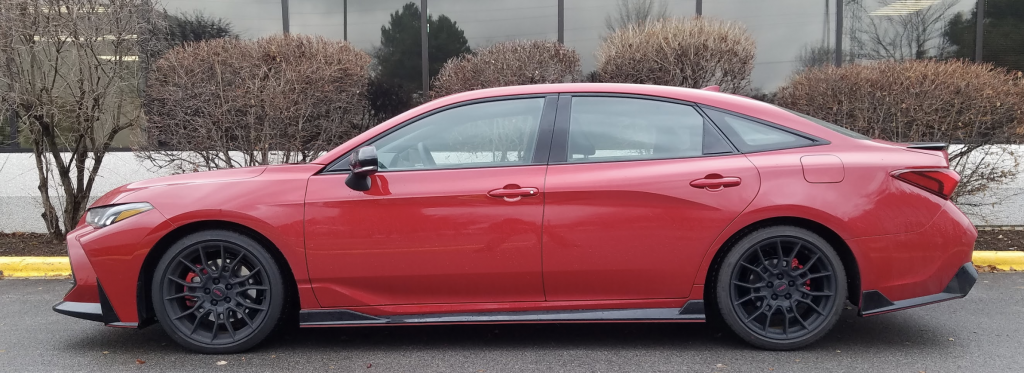
Check out our Large Car Best Buys
Toyota Avalon TRD

